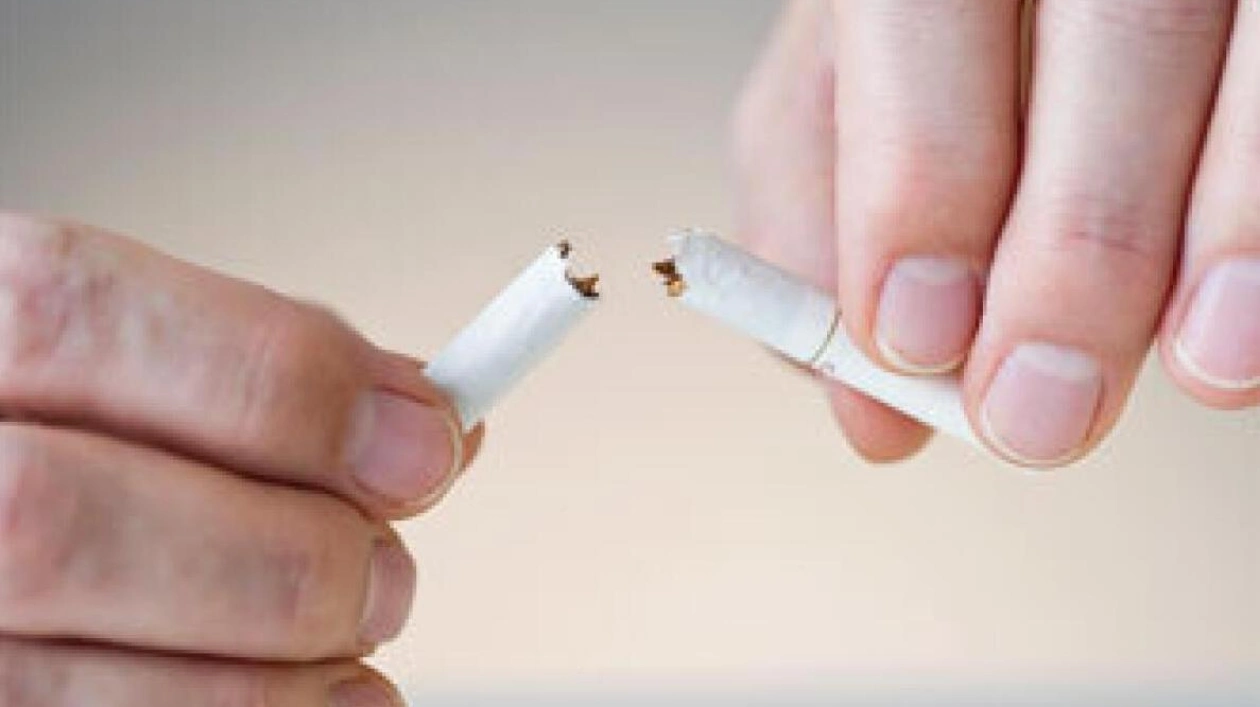Tarek, a 7-year-old Egyptian child, visited the pediatric clinic due to symptoms including a sore throat, frequent colds, persistent coughing, wheezing, and worsening eye discomfort at night. Diagnosis at Thumbay University Hospital revealed that his parents often smoked shisha indoors, particularly in the living room where Tarek spent most of his day. Tests showed reduced lung function, indicative of reactive airway disease and asthma exacerbated by second-hand smoke. He was prescribed inhalation corticosteroids and a bronchodilator for acute asthma attacks. His parents were advised to stop smoking indoors, improve ventilation, and use air purifiers. Tarek showed significant improvement in respiratory symptoms and lung function at his one-month follow-up.
Tobacco smoke, containing over 4,000 toxic chemicals, poses severe health risks to non-smokers. Despite awareness campaigns, the dangers of passive smoking persist as a significant public health issue. Recent studies underscore the severe health implications of second-hand smoke exposure, including increased risks of coronary artery disease, lung cancer, asthma, and respiratory diseases in children.
Dr. Mohamed Saifeldin Abdelrahaman Mohamed, a specialist pulmonologist at Thumbay University Hospital, highlighted that second-hand smoke (SHS) not only increases the risk of lung cancer and chronic lung conditions like asthma and bronchitis but also suggests potential links to other cancers and even depression. The effects of SHS vary by age group, with children being more susceptible to respiratory infections and impaired lung development, while adults face increased risks of heart disease, stroke, and lung cancer.
Pregnant women are particularly at risk, with exposure to second-hand smoke increasing the likelihood of premature birth, low birth weight, and developmental issues in babies. Early symptoms of SHS exposure include eye irritation, respiratory issues, and headaches, with long-term effects affecting cardiovascular health, such as changes in blood clotting and increased plaque buildup in arteries.
Preventive measures include avoiding places where smoking is prevalent, advocating for smoke-free policies, and maintaining a smoke-free home environment. Air purifiers and adequate ventilation can help, but they cannot fully mitigate the risks associated with SHS.






